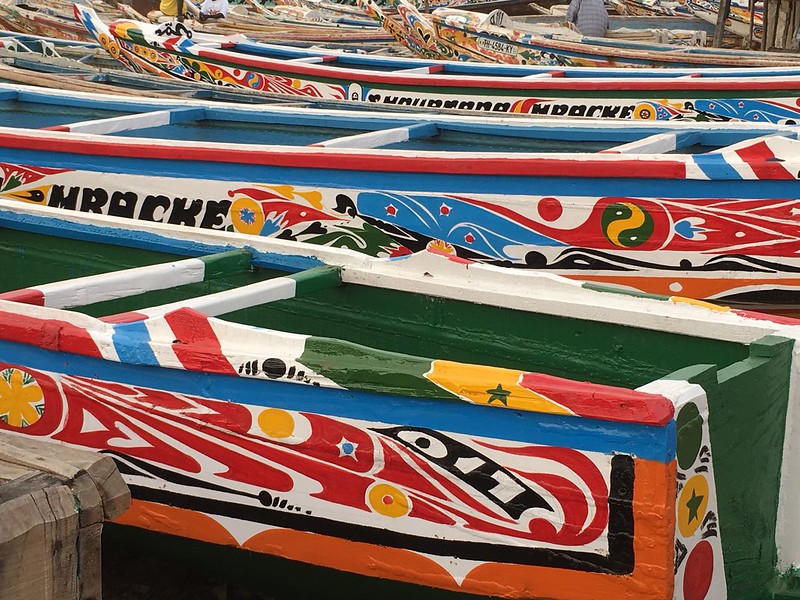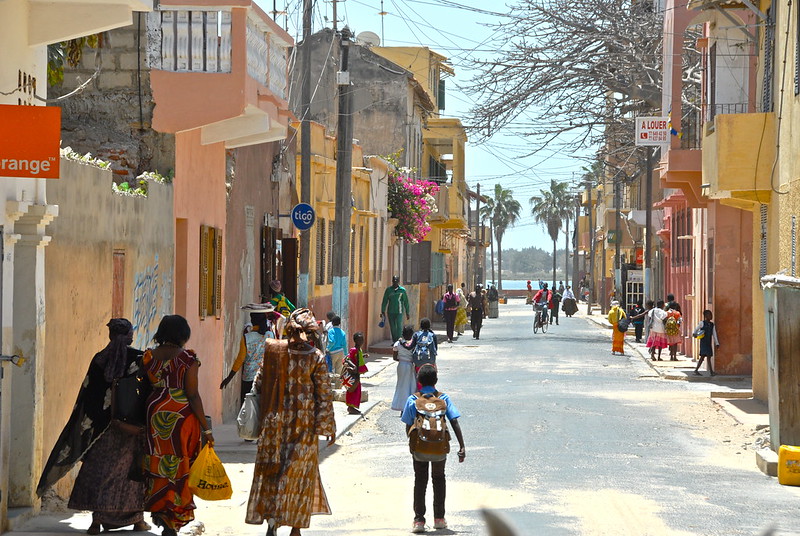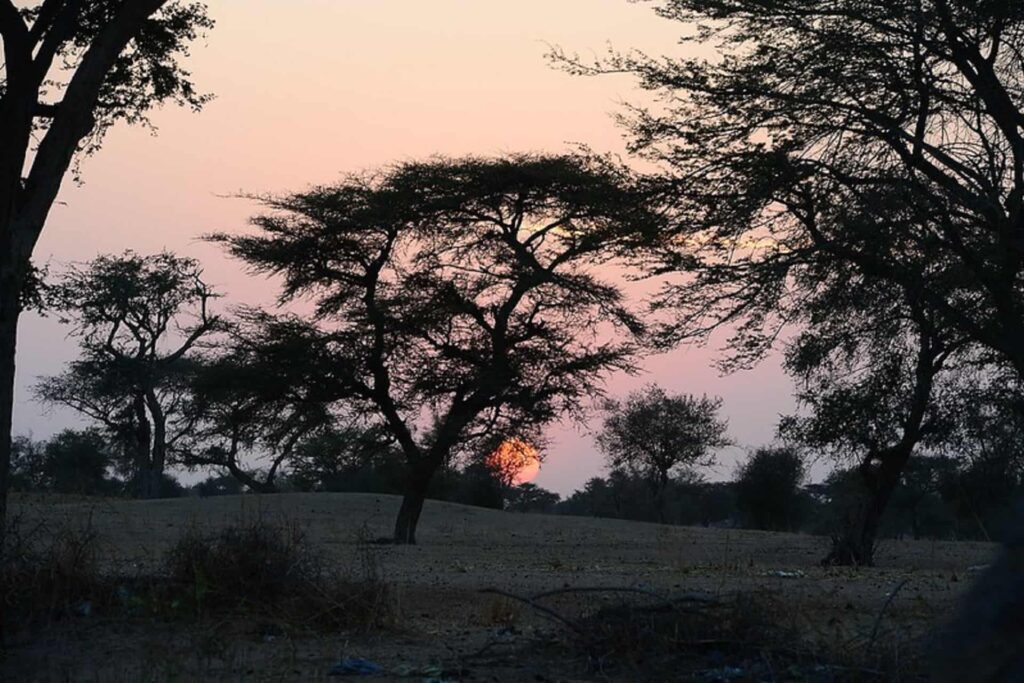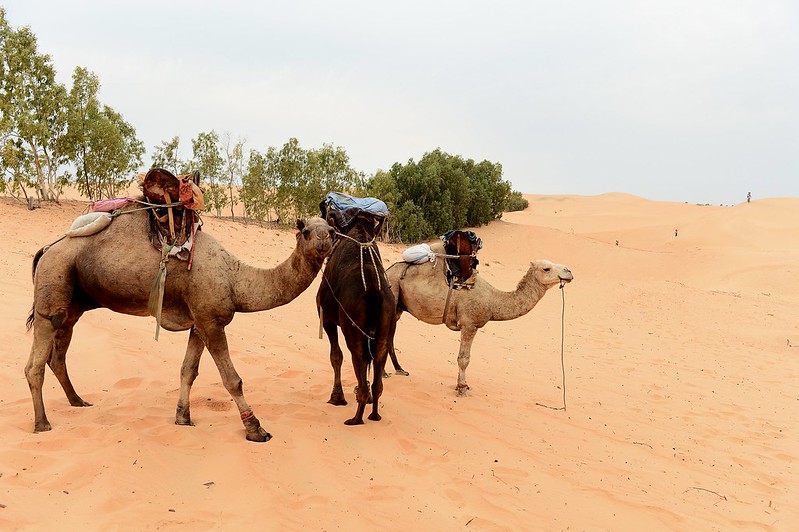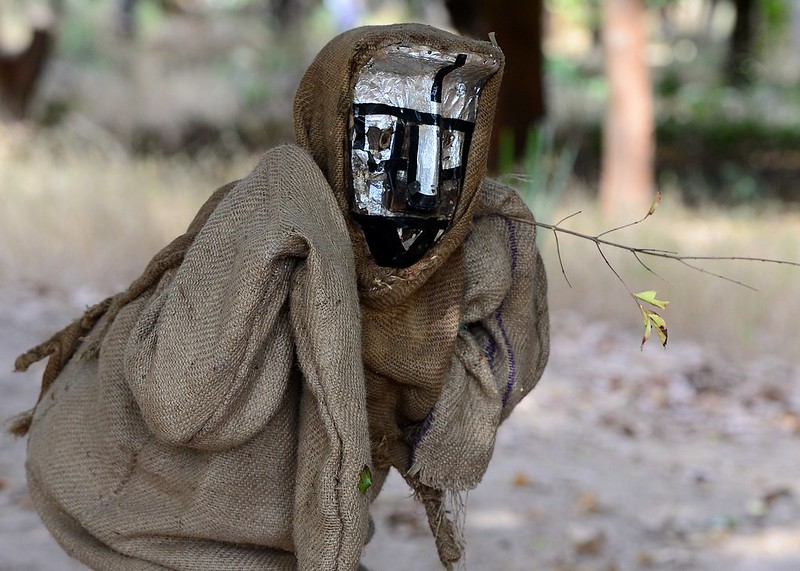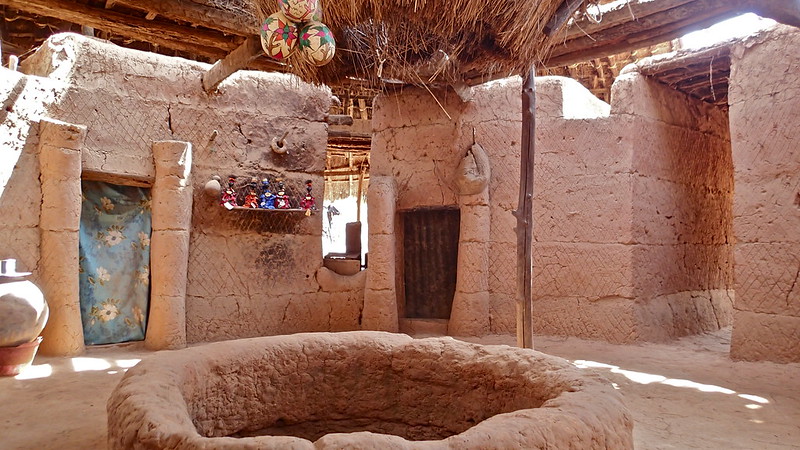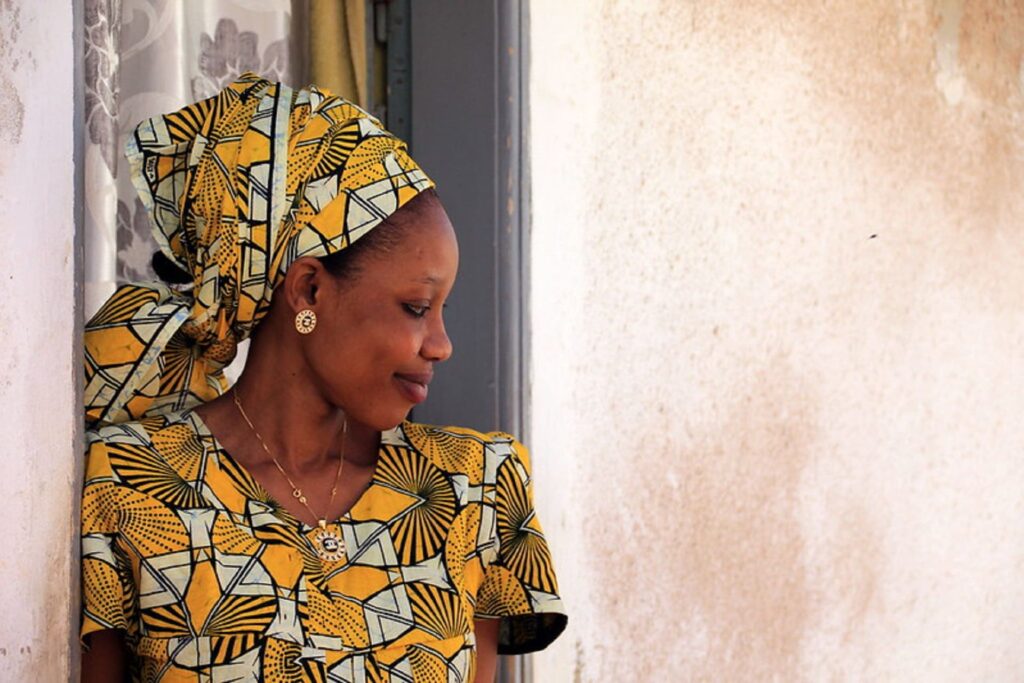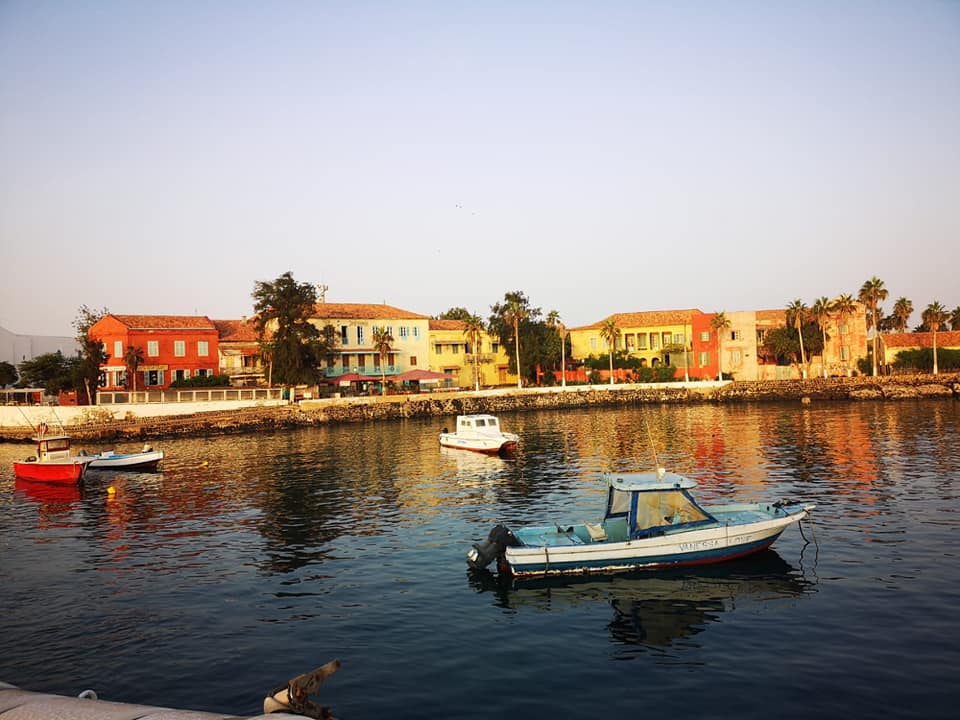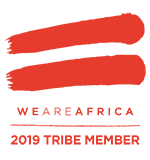REPUBLIC OF SENEGAL
Area: 196.722 km2
Population: 15.736.368 (July 2020 est.)
Life expectancy: about 63 years
Capital: Dakar
Borders: to the west by the Atlantic Ocean, to the north and north-east by Mauritania, to the east by Mali and to the south by Guinea and Guinea-Bissau.
Ethnic groups: Wolof 37.1%, Pular 26.2%, Serer 17%, Mandinka 5.6%, Jola 4.5%, Soninke 1.4%, other 8.3% (includes Europeans and persons of Lebanese descent) (2017 est.)
Religion: Muslim 95.9%,Christian 4.1% (2016 est.)
Languages: French (official), Wolof, Pular, Jola, Mandinka, Serer, Soninke
Vaccinations: Yellow fever, compulsory; Malaria prophylaxis, highly recommended.
Visa: not required for EU, USA and Canada citizens. For other nationalities check at Embassies / Consulates. If a visa is required, and the circuit includes two entries in Senegal, a visa with 2 or more entries is required.
TERRITORY, CLIMATE AND SEASONS
Senegal is a flat country.
The Cape Verde Peninsula (Cap Vert) (Dakar region) is the westernmost point of the African continent. The Gambia consists of a narrow strip of land extending from the coast eastward along the Gambia River and isolating the southern Senegalese area of Casamance.
The country as a whole is divided into three structural divisions:
1. the promontory of Cape Verde, which represents the extreme western point and is made up of a group of small plateaus of hard rock of volcanic origin;
2. the south-eastern and eastern parts of the country, contiguous to the Fouta Djallon massif on the border with Guinea and comprising the country’s highest point, reaching an altitude of 1,906 feet (581 meters) near Népen Diakha;
3. a large but shallow continental mass between the Cape Verde peninsula to the west and the edges of the massif to the east.
Washed by the Canary Current, Senegal’s Atlantic coast is sandy and windswept.
Senegal’s climate is conditioned by the tropical latitude of the country.
Three principal climate zones may be distinguished: coastal, Sahelian, and Sudanic.
The coastal (Canarian) zone occurs along a strip of Atlantic coastline about 10 miles (16 km) wide running from Saint-Louis to Dakar. Rains begin in June, reach their height in August, and cease in October.
The Sahelian climate occurs in an area bounded to the north by the Sénégal River and to the south by a line running from Thiès (a town on Cape Verde Peninsula) to Kayes in the neighbouring country of Mali. The dry season is quite distinct and lasts from November to May. Between July and October raining season.
The Sudanic zone in the southern half of the country
is generally hot and humid. Rainfall occurs on about 60 days between June and
October.
In the southern Casamance area it falls on 90 days of the year. The forest
there is dense, green, and continuous, without undergrowth.
HISTORY
8th century, Present-day Senegal is part of the Kingdom of Ghana.
11th century, Tukulor people occupy lower Senegal valley.
12-14th centuries Rise of the Jolof empire.
1440 Portuguese traders reach Senegal river estuary.
1588 Dutch establish slave port on island of Goree.
1659 French found St-Louis at the mouth of the Senegal river; it becomes a key slave-trading port.
1677 French take over island of Goree from the Dutch.
1756-63 Seven Years’ War: Britain takes over French posts in Senegal, forms colony of Senegambia. France regains its holdings during American Revolutionary War of 1775-83.
1816 Britain returns French holdings captured during Napoleonic Wars.
Late 1800s, France extends its influence, gains control of all the territory of Senegal.
1895 Senegal becomes part of French West Africa.
1958 Becomes an autonomous republic, as part of the French Community.
1960 June, Senegal becomes independent, as part of Mali Federation.
1960 August, Senegal pulls out of Mali Federation, becomes separate republic with Leopold Senghor as president.
1966 Senghor’s Senegalese Progressive Union becomes country’s sole political party.
1978 Three-party political system introduced.
1981 Leopold Senghor steps down; Abdou Diouf becomes president in 1981.
1982 Senegambian Confederation formed; Senegal and neighbouring Gambia aim to combine military and security forces. Dissolved in 1989.
2000 March, opposition leader Abdoulaye Wade wins second round of presidential elections, ending 40 years of Socialist Party rule.
2001 April, Abdoulaye Wade’s Senegalese Democratic Party wins an overwhelming majority in parliamentary elections.
2004 December, Casamance Movement of Democratic Forces and government sign pact aimed at ending secessionist struggle in province of Casamance.
2012 March, Macky Sall wins presidential elections, and his coalition wins July parliamentary elections.
2017 January, Senegalese troops gather on Gambian border ready to enforce transfer of power under ECOWAS regional mandate after President Jammeh refuses to step down on losing presidential election.
2017 August, Parliamentary elections. President Sall’s coalition wins more than two-thirds of the seats.

